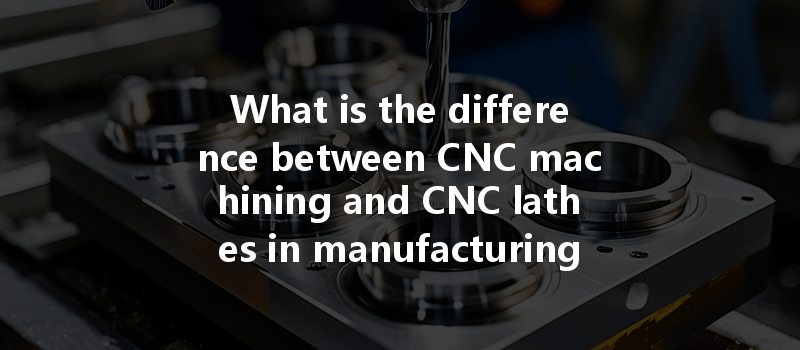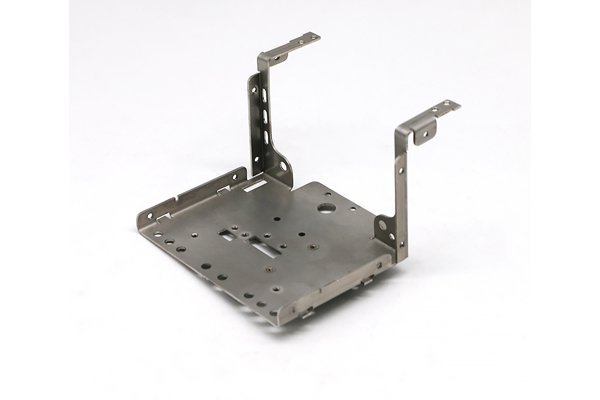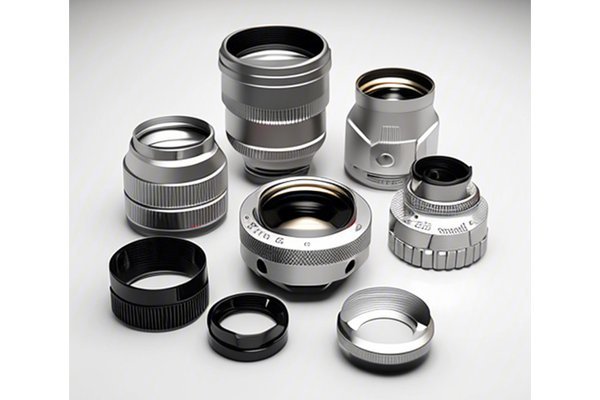Opening:
Did you know that the global CNC (Computer Numerical Control) machining market is projected to reach $100 billion by 2025? This phenomenal growth reflects the increasing demand for precision manufacturing across various industries, including automotive, aerospace, and healthcare. However, with myriad techniques and machines available, it is crucial for manufacturers to understand the nuances between them. One common confusion lies between CNC machining and CNC lathes. So, what exactly are the differences, and how can they affect your manufacturing processes? Let’s dive in!
—
CNC machining refers to a broader category of manufacturing processes that use computer-controlled machines to create parts from various materials. CNC machining can involve several types of machines, including milling machines, routers, and lathes, to produce high-precision components with intricate geometries. The versatility of CNC machining makes it suitable for producing a vast array of parts used in multiple industries.
Advantages of CNC Machining:
CNC lathes, on the other hand, are a specific type of CNC machine primarily designed for turning operations. In a CNC lathe, material is rotated against a stationary cutting tool to form cylindrical shapes, such as shafts, rods, and other parts with uniform diameters. CNC lathes are primarily used for operations that require high precision in radius and symmetry.
Advantages of CNC Lathes:
Process Type
CNC machining encompasses a variety of methods to shape materials, such as milling, drilling, and grinding. CNC lathes are specifically designed for turning operations.
Machine Operation
In CNC machining, material is often fixed, and the tool moves to shape it. Conversely, in CNC lathes, the material rotates while the tool remains stationary, allowing for precise cylindrical shape creation.
Suitable Applications

CNC machining is ideal for producing intricate shapes and parts with complex geometries; CNC lathes excel in creating round parts with symmetrical profiles.
Complexity of Parts
CNC machining is generally better at handling complex 3D geometries requiring multi-axis movements, while CNC lathes excel in producing straightforward parts with rotational symmetry.
Both CNC machining and CNC lathes have significant applications across various sectors. Here’s how they are utilized:
Aerospace Industry
In aerospace, precision components are vital. CNC machining can create parts ranging from intricate engine components to fuselage structures. CNC lathes are often used for producing landing gear components and actuators.
Automotive Industry
CNC machining allows manufacturers to create complex parts, such as engine blocks and transmission housings, while CNC lathes produce uniform cylindrical parts, like crankshafts and axles, essential for engine performance.
Medical Industry
In the medical field, components like surgical instruments and implants require high precision, making CNC machining indispensable. CNC lathes are used to produce parts like syringes and needle bases.
—
Considerations When Choosing
When deciding between CNC machining and CNC lathes, consider the following factors:
—
In conclusion, while both CNC machining and CNC lathes are essential elements of modern manufacturing, each serves a unique purpose. CNC machining excels at creating intricate parts with complex geometries across varied materials, while CNC lathes deliver high efficiency and precision for cylindrical components. As industries continue to evolve and seek ways to enhance their manufacturing processes, understanding these distinctions becomes increasingly important.
Considering the projected growth of the CNC machining market, fostering an understanding of these technologies will help businesses meet the challenges of production while ensuring quality and precision. With that in mind, manufacturing professionals should reflect on their specific needs and applications when selecting between CNC machining and CNC lathes. As industries shift toward more automated and precise manufacturing solutions, this knowledge will be vital in achieving competitive advantages in their respective markets.






